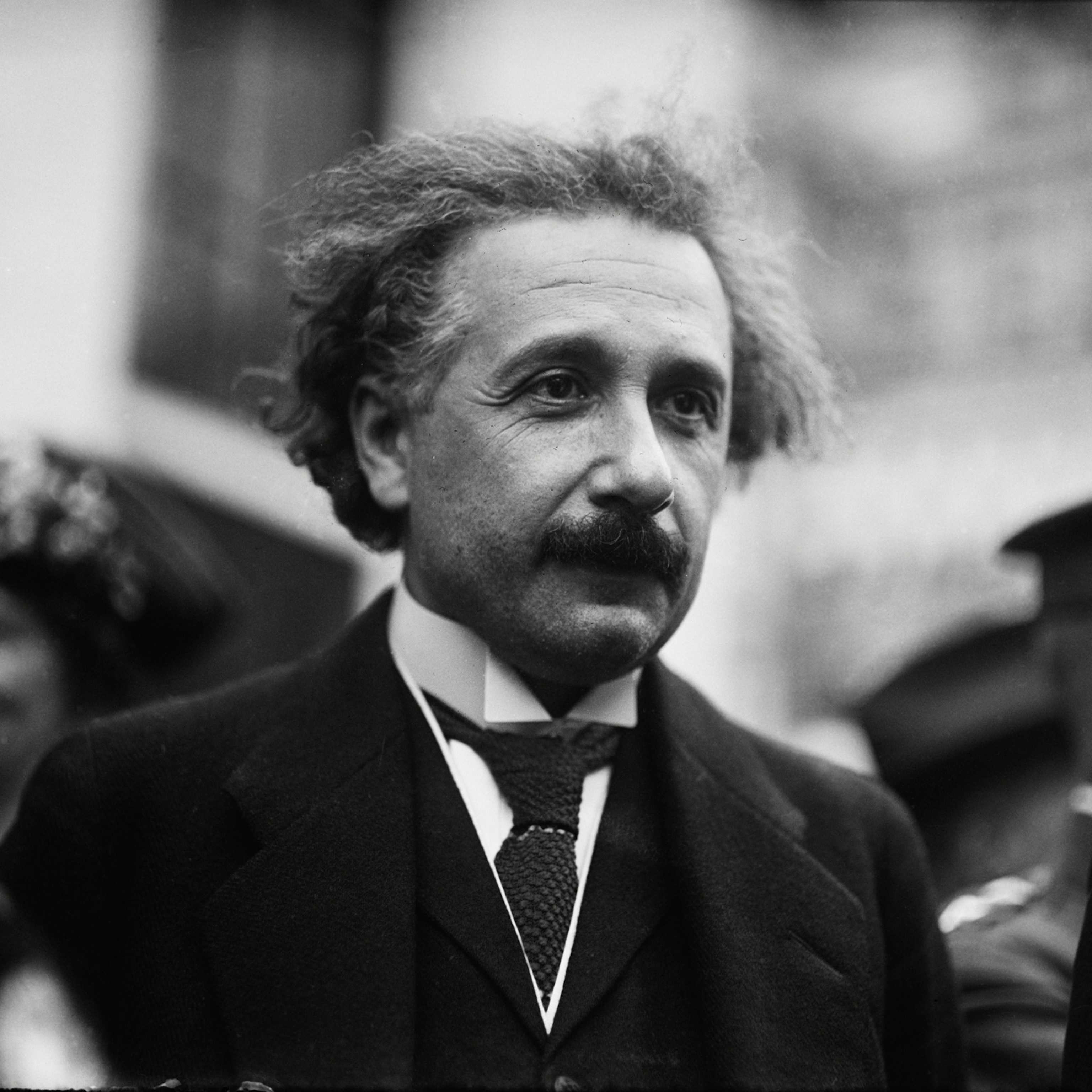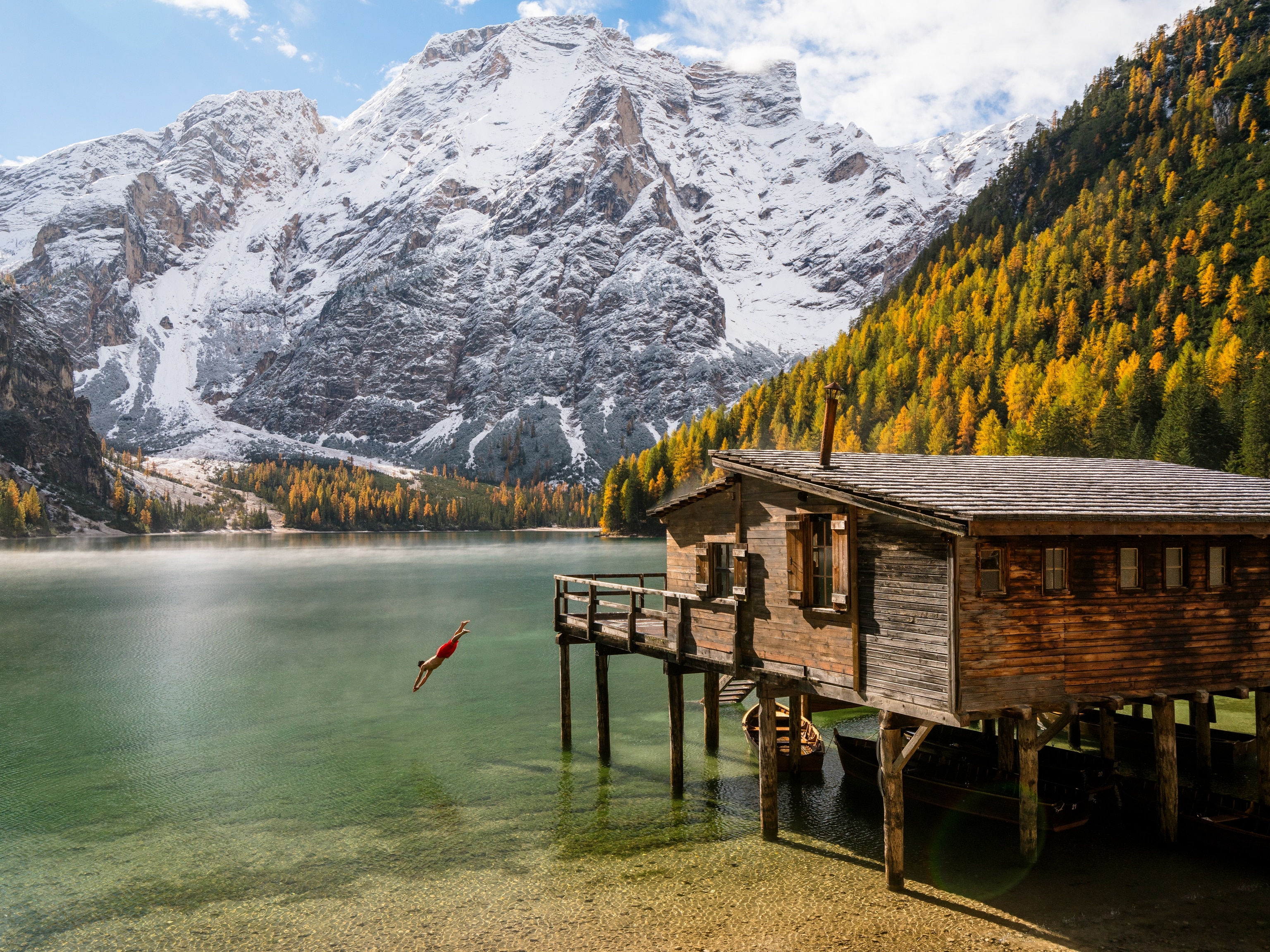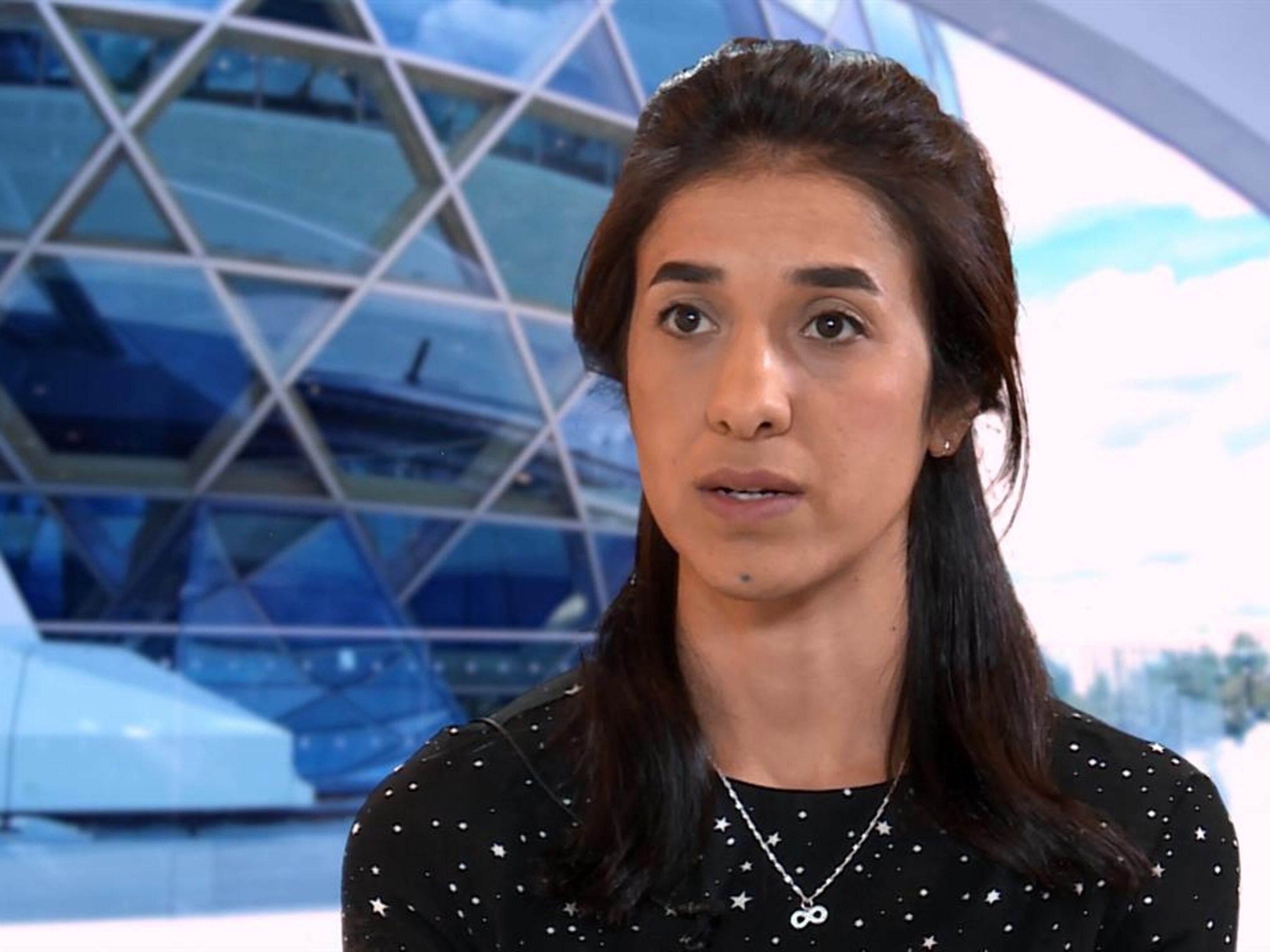Who Are the Nobel Prize Winners? We've Crunched the Numbers.
We dove into 115 years’ worth of past laureates, and the data revealed some striking trends.
The 2018 Nobel Prize in chemistry has been awarded to Frances Arnold, George Smith, and Sir Gregory Winter for harnessing the power of evolution to make new kinds of catalysts and medicines.
The trio joins one of humankind's most exclusive clubs. Since the first awards in 1901, 900 individuals have received Nobel Prizes. As the latest laureates join the hallowed host this week, National Geographic wanted to get to know them all better. (Find out more about the secretive process behind the Nobel Prizes.)
Using the Nobel Foundation's detailed datasets from 1901 to 2016, we break down the winners of the world's best-known awards.
The United States leads the world in Nobels—thanks to immigrants.
Home to hundreds of individual Nobel laureates, the United States has amassed the largest number of total prizes in any country. But a sizable percentage of U.S.-affiliated science laureates are immigrants who came to the U.S. during their childhoods or early careers.
More than 30 percent of all U.S.-based winners of the Nobel Prize in chemistry were born outside of the U.S—a club that German-born Joachim Frank, a professor at Columbia University, joined last year as a co-recipient of the 2017 award. MIT physicist Rainer Weiss, co-winner of the 2017 Nobel Prize in physics, was also born in Germany, joining the 35 percent of U.S. physics laureates who were born abroad.
Evidence suggests that the globetrotting lifestyle itself spurs innovation. A study in Nature published last October suggests that scientists who moved around internationally are cited more widely than academics who stayed in the country where they published their first paper.
On average, today's science Nobel laureates are getting older.
Of the 2018 chemistry laureates, only one—Smith—is above the age of 70. But Arthur Ashkin and Gérard Mourou, two of the three 2018 physics laureates, are at least 70 years old, as are 2018's medicine laureates—James Allison and Tasuku Honjo—and all but one of 2017's science laureates. That's reflective of a graying trend among laureates. Over the last century, the average ages at the time of recognition have creeped ever upward.
In a 2016 interview with the BBC, Nobel Museum senior curator Gustav Källstrand noted that academic fields have changed dramatically in the last century. About a hundred years ago, there were only about a thousand physicists. Now, there are hundreds of thousands—perhaps even a million—worldwide, making the “breakthrough backlog” that much larger with each passing year.
That said, novelists and economists have also grown in ranks, yet they aren't graying at the same rate as the sciences. In addition, the overall trend for the Nobel Peace Prize favors younger laureates. The Peace Prize claims the youngest-ever Nobel recipient: education activist Malala Yousafzai, who was 17 when she co-won the prize in 2014.
Nobel laureates are overwhelmingly male.
Including Arnold, Smith, and Winter, 900 individuals have won Nobel Prizes between 1901 and 2018. Only 50 have been women. Arnold is the fifth woman ever to win a Nobel Prize in chemistry and the first since 2009, when Ada Yonath won for her work studying the ribosome.
In some disciplines, the Nobel drought persisted for decades: Donna Strickland, co-recipient of the 2018 Nobel Prize in physics, is the third woman ever to win the award, and the first to win in 55 years. The last female physics laureate, Maria Goeppert Mayer, was honored in 1963. “We need to celebrate women physicists because they’re out there … I’m honored to be one of those women," Strickland says in a Nobel Foundation statement.

The gap reflects longtime institutional biases against women within the sciences, a lag made worse by the backlog of Nobel-worthy discoveries. Nobel Museum curators told the BBC that they have no evidence of the committee refusing to give an award because a nominee was a woman. They also say that the committee slightly bent prize rules to ensure that Marie Curie shared the 1903 Nobel Prize in physics. But that may come as small consolation to the supremely qualified female scientists who were never recognized.
For instance, Lise Meitner, one of the co-discoverers of nuclear fission, was nominated for the physics prize 29 times from 1937 to 1965 and the chemistry prize an additional 19 times from 1924 to 1948, according to Nobel Foundation archival records. She never won. Astronomer Vera Rubin's groundbreaking work revealing the existence of dark matter received wide acclaim, but she died on December 25, 2016, with no Nobel to call her own. (Read National Geographic's obituary for Vera Rubin.)
Jocelyn Bell Burnell recently won the Breakthrough Prize for her 1967 discovery of pulsars, a find also recognized by the 1974 Nobel Prize in physics. But Bell Burnell didn't share in the Nobel: Instead, the award went to Antony Hewish, her supervisor and coauthor, and Hewish's collaborator Sir Martin Ryle.
Increasingly, Nobel laureates represent much larger scientific collaborations.
Nobel Foundation rules say that a Nobel Prize can only be awarded to up to three individuals, reflective of the small-team science that prevailed in the early 20th century. But today, major breakthroughs increasingly come from massive scientific collaborations, and the Nobel Committee has been reticent to award science prizes to broader groups.
The contrast is especially stark in physics, where scientific collaborations can include thousands of researchers—as illustrated by the breakthrough that earned the 2017 Nobel Prize in physics. The prize went to Rainer Weiss, Kip Thorne, and Barry Barish for detecting gravitational waves, ripples in space-time predicted by Einstein's general theory of relativity.
While the trio's contributions were huge, they themselves argue that the prize should have recognized the broader LIGO Scientific Collaboration, which includes hundreds of scientists. After all, the study that announced the detection of gravitational waves has 1,011 co-authors, by Popular Science's count. Just 0.3 percent of them were honored by name in Stockholm.
"We live in an era where some huge discoveries are really the result of giant collaborations, with major contributions coming from very large numbers of people," Thorne says in an interview posted on the Nobel Prize's website.
"I hope that in the future," he says, "the Nobel Prize committee finds a way to award the prize to the large collaborations that make this and not just to the people who may have been seminal to the beginning of the project, as we were."







